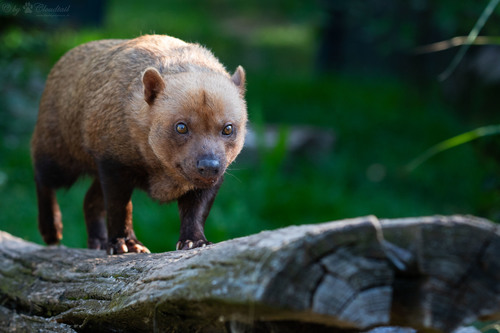
Bush Dog
The Bush Dog, Speothos venaticus, thrives in South American forests. Its unique webbed feet and pack behavior make it an adept swimmer and hunter. Known for its distinctive whines, this small, elusive canine plays a vital role in controlling prey populations, highlighting its ecological significance.
10 years
Lifespan
Brown, Grey
Color
Near Threatened
Conservation Status
Decreasing
Population Trend
Characteristics
The Speothos venaticus, commonly known as the Bush Dog, inhabits tropical and subtropical forests, wetlands, and savannas in Central and South America. Notable for its short legs, webbed feet, and dense, reddish-brown fur, it is a social animal that hunts in packs. Bush Dogs emit a distinctive whine, which helps pack communication, and they are highly adapted to aquatic environments, showcasing excellent swimming abilities.
Distribution Range of the Bush Dog
Speothos venaticus, commonly known as the bush dog, is native to Central and South America. This species is found in countries including Panama, Colombia, Venezuela, Brazil, Ecuador, Peru, Bolivia, Paraguay, and northern Argentina. They are most commonly found in lowland regions but can also inhabit areas up to 1,800 meters in elevation.
Bush Dog's Habitat
Environmental Conditions
Bush dogs primarily inhabit tropical and subtropical forests, including rainforests and deciduous forests. They prefer dense, moist forests and are often found near bodies of water such as rivers and streams. The climate in their habitats is typically humid and warm, with significant rainfall throughout the year.
Ecological Niche
Bush dogs are carnivorous mammals that play a role as predators in their ecosystems. They are adapted to a semi-aquatic lifestyle, which is reflected in their webbed feet, aiding in swimming. Their predatory habits often involve hunting in packs, which allows them to prey on larger animals than themselves, such as capybaras and peccaries. They are integral to maintaining the balance of species in their habitats by controlling the populations of their prey.
Copyright @ Nature Style Limited. All Rights Reserved.
 English
English